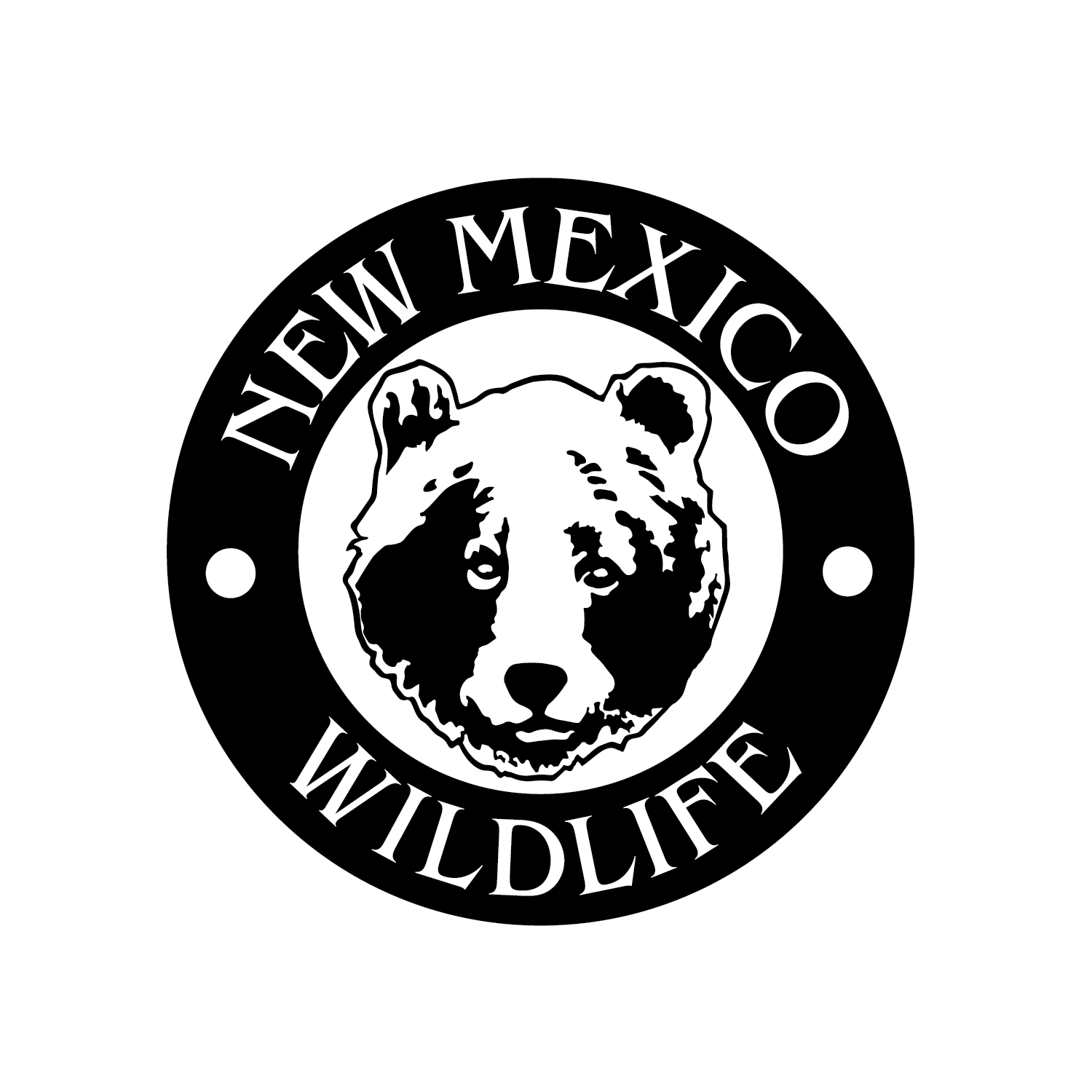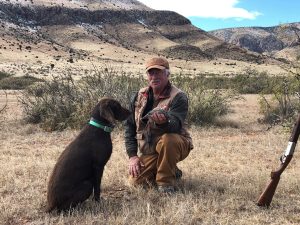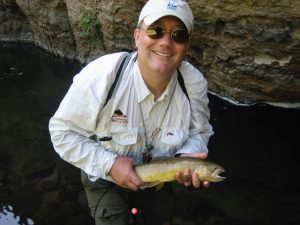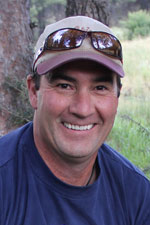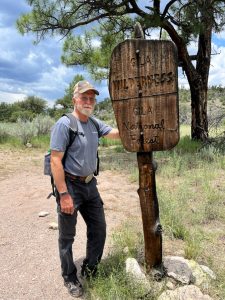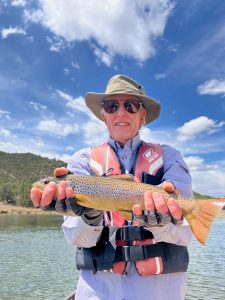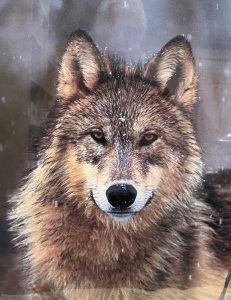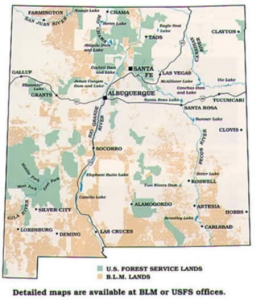Public Land User Stamp Program (Habitat)
The New Mexico State Game Commission (SGC), under appropriate authorities, adopted NMAC 19.34.6, establishing the Public Land User Stamp. Funds collected through the sale of these stamps are used to plan, develop, and coordinate habitat conservation and rehabilitation projects on Bureau of Land Management (BLM) and U.S. Forest Service (USFS) managed lands that benefit fish and wildlife populations. These efforts result from a partnership between the New Mexico Department of Game and Fish (NMDGF), the BLM, and the USFS.
Support wildlife conservation:
Click here to purchase a Habitat Stamp.
To reach the Citizen Advisory Committee or inquire on how to submit an application to be on the Committee, please email PublicLandUserStamp@dgf.nm.gov.
The Citizen Advisory Committee (CAC) is a volunteer working group with the New Mexico Department of Game and Fish that represents the Habitat Stamp Program. Members of the CAC work with program and project managers from the Department, Bureau of Land Management (BLM), and US Forest Service (USFS) to represent New Mexico public interest as it pertains to fish and wildlife habitat restoration projects that occur on BLM and USFS lands throughout New Mexico. Members of the CAC are encouraged to support community outreach and work as a group to prioritize restoration project opportunities with Department, BLM, and USFS program partners. Any member of the public is eligible to apply during an open application period. The New Mexico Department of Game and Fish reviews applicants and the State Game Commission appoints advisors from this pool. The next application period will be in late 2025.
Upcoming Meetings
Habitat Stamp Project Presentation Meeting
Public meetings occur several times a year. We will update this page as soon as new information is available.
To view recordings of past meetings, visit the Recordings page.
